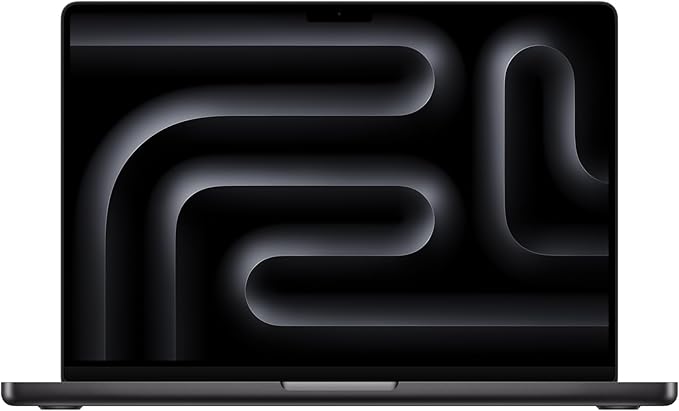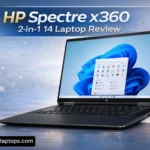If you’ve been hunting for a premium Windows laptop that combines style, performance, and portability, the Dell XPS 15 (2025) still earns a top spot on the list. Known for its luxurious design and strong performance, the XPS 15 has been a go-to for creators, professionals, and power users who want something lighter than a gaming rig but more capable than a typical ultrabook.
In this review, we’ll break down everything you need to know about the 2025 XPS 15 — from design and display quality to real-world performance, battery life, and how it stacks up against rivals like the MacBook Pro 16 and Razer Blade 15.
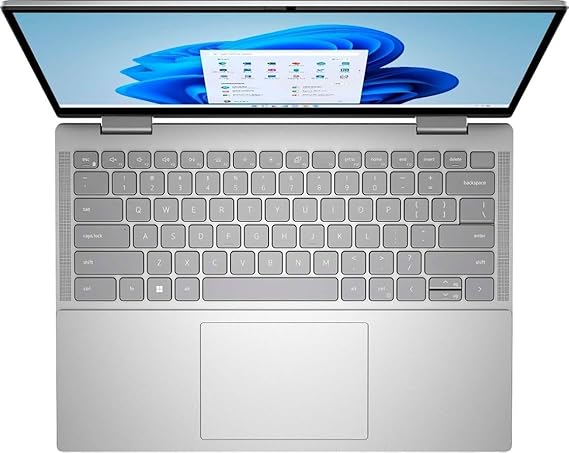
Premium Design and Build Quality
The XPS 15 continues Dell’s tradition of nailing premium laptop design. The chassis is CNC-milled aluminum with a woven carbon-fiber deck that feels both solid and lightweight. Bezels are ultra-thin on all sides thanks to Dell’s InfinityEdge display, giving it a modern, edge-to-edge look.
At about 1.9 kg (4.2 lbs) and just under 18 mm thick, it’s portable enough to take anywhere without sacrificing sturdiness. The hinge is smooth, the keyboard deck barely flexes, and the overall feel is on par with Apple’s MacBook Pro — which is no small compliment.
Display That Stands Out
One of the XPS 15’s strongest selling points is its display. You get two main options: a 1920×1200 IPS panel or a gorgeous 3.5K OLED touchscreen. The OLED panel is the real star here — rich colors, perfect blacks, and HDR support make movies, photo editing, and creative work look stunning.
Brightness peaks around 400 nits, and the panel covers 100% of the DCI-P3 color gamut. The only drawback? It’s locked at 60Hz. If you’re a competitive gamer, you might miss higher refresh rates, but for everyday work and creative projects, the image quality more than makes up for it.
Real-World Performance
Inside, the 2025 Dell XPS 15 is powered by Intel’s 13th-gen H-series processors, up to the Core i9-13900H, paired with Nvidia graphics (RTX 4050, 4060, or 4070). Even the mid-tier Core i7 + RTX 4070 combo we tested handled everything with ease — from 4K video editing to running AAA games at 1440p on medium to high settings.
While the RTX 4070 is capped at 40W, meaning it won’t match bulky gaming laptops in raw GPU power, it’s more than enough for content creation, light 3D rendering, and occasional gaming. Thermal performance is solid, with fans that get audible under load but don’t distract during normal use.
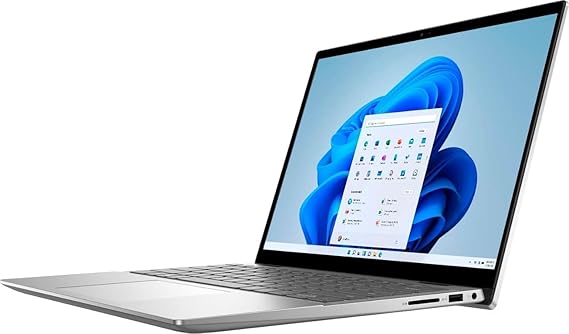
Battery Life and Charging
For a laptop with this much power, battery life is impressive. With the 86Wh battery, you can expect around 7–8 hours of light use (browsing, documents, streaming) and about 6.5 hours in video playback tests. Gaming or heavy GPU tasks will bring that down to 1–2 hours.
Charging is quick via the included 130W USB-C adapter — Dell claims 80% in 30 minutes, and our testing confirmed it’s close to that.
Keyboard, Trackpad, and Audio
Typing on the XPS 15 is a pleasure. The keys have a satisfying feel, travel of about 1.3 mm, and an even white backlight for late-night work. The glass trackpad is large, smooth, and precise.
Audio is handled by a quad-speaker setup tuned by Waves MaxxAudio. It’s louder and richer than most Windows laptops, making it great for video calls, movies, or music without immediately reaching for headphones.
Ports and Connectivity
Port selection is minimalist but modern:
- 3 × Thunderbolt 4 (USB-C) ports
- Full-size SD card reader
- 3.5 mm audio jack
There’s no HDMI or USB-A, so you’ll need adapters for legacy gear. Wireless connectivity is handled by Wi-Fi 6E and Bluetooth 5.2, delivering strong and stable performance.
Dell XPS 15 vs Competitors
| Feature | Dell XPS 15 (2025) | MacBook Pro 16 (M3 Pro) | Razer Blade 15 (2024) |
|---|---|---|---|
| CPU | Intel Core i7/i9 (13th Gen) | Apple M3 Pro/Max | Intel Core i9 (13th) |
| GPU | RTX 4050/4060/4070 (40W) | Integrated Apple GPU | RTX 4060/4070 (80W) |
| Display | 3.5K OLED / 1920×1200 IPS | Mini-LED Retina | QHD 240Hz / 4K OLED |
| Weight | ~1.9 kg | ~2.1 kg | ~2.0 kg |
| Battery Life | ~7–8 hrs light use | ~12 hrs | ~5–6 hrs |
The MacBook Pro wins in battery life and raw CPU efficiency, while the Razer Blade 15 offers stronger GPU performance for gaming. The XPS 15 strikes the best balance for users who want a premium Windows laptop for both work and creative projects.
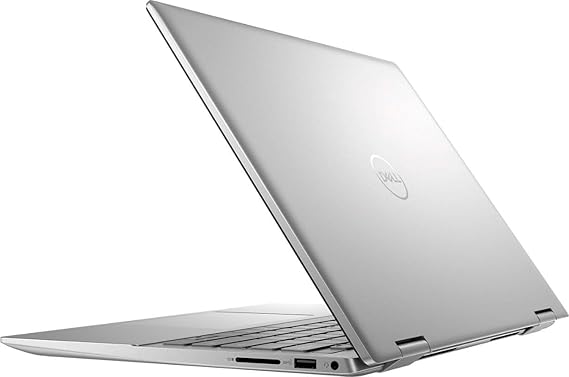
Pros and Cons
Pros
- Premium build quality and thin-bezel design
- Gorgeous OLED display option
- Strong performance for creative and everyday use
- Good battery life for its class
- Upgradeable RAM and dual SSD slots
Cons
- Expensive, especially with OLED + high-end GPU
- Limited port variety (USB-C only)
- No high-refresh display option
- Webcam still only 720p
Final Verdict
The Dell XPS 15 (2025) is still one of the best all-around premium Windows laptops you can buy. It’s a fantastic choice for professionals, creatives, and anyone who values a stunning display, strong performance, and high-end design in a portable package.
If you can live without a high-refresh screen and are fine using adapters for older ports, the XPS 15 delivers a near-perfect balance between power, portability, and style — making it a top recommendation in 2025.
Frequently Asked Questions
Probably — XPS still nails premium design, brilliant OLED screens and solid everyday performance. But recent redesign choices and some thermal/usability complaints mean don’t impulse-buy; check hands-on reviews for the exact 2025 model and pick the right configuration.
Not exactly — Dell retired the XPS name around CES 2025 and folded the lineup into new “Dell Premium”/“Dell Pro” families. You will see new XPS-style machines (like the Dell 14/16 Premium), but they’re sold under the new Premium/Pro names.
Dell didn’t stop making premium laptops — it retired the XPS name. At CES 2025 Dell overhauled and unified its PC lineup into “Dell,” “Dell Pro,” and “Dell Pro Max,” consolidating models, sizes and AI-focused designs, so the XPS 15 was phased out.
Yeah, the Dell XPS 15 is a solid all-rounder. Premium build, great 15-inch display options, and strong performance for creative work. Battery life and thermals can vary by config, and it’s pricey, but if you want a compact, powerful Windows laptop for productivity and media, it’s a great pick.

